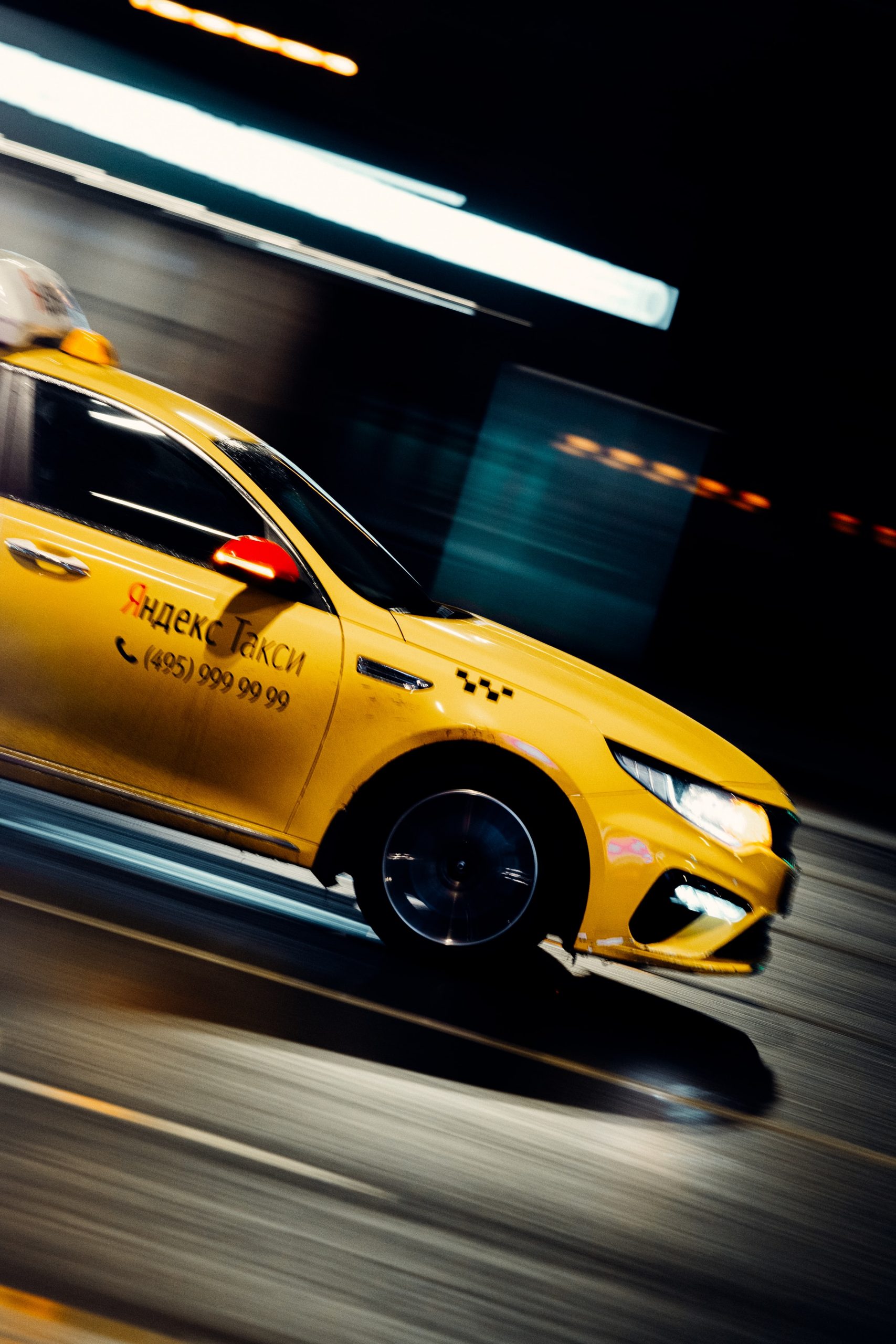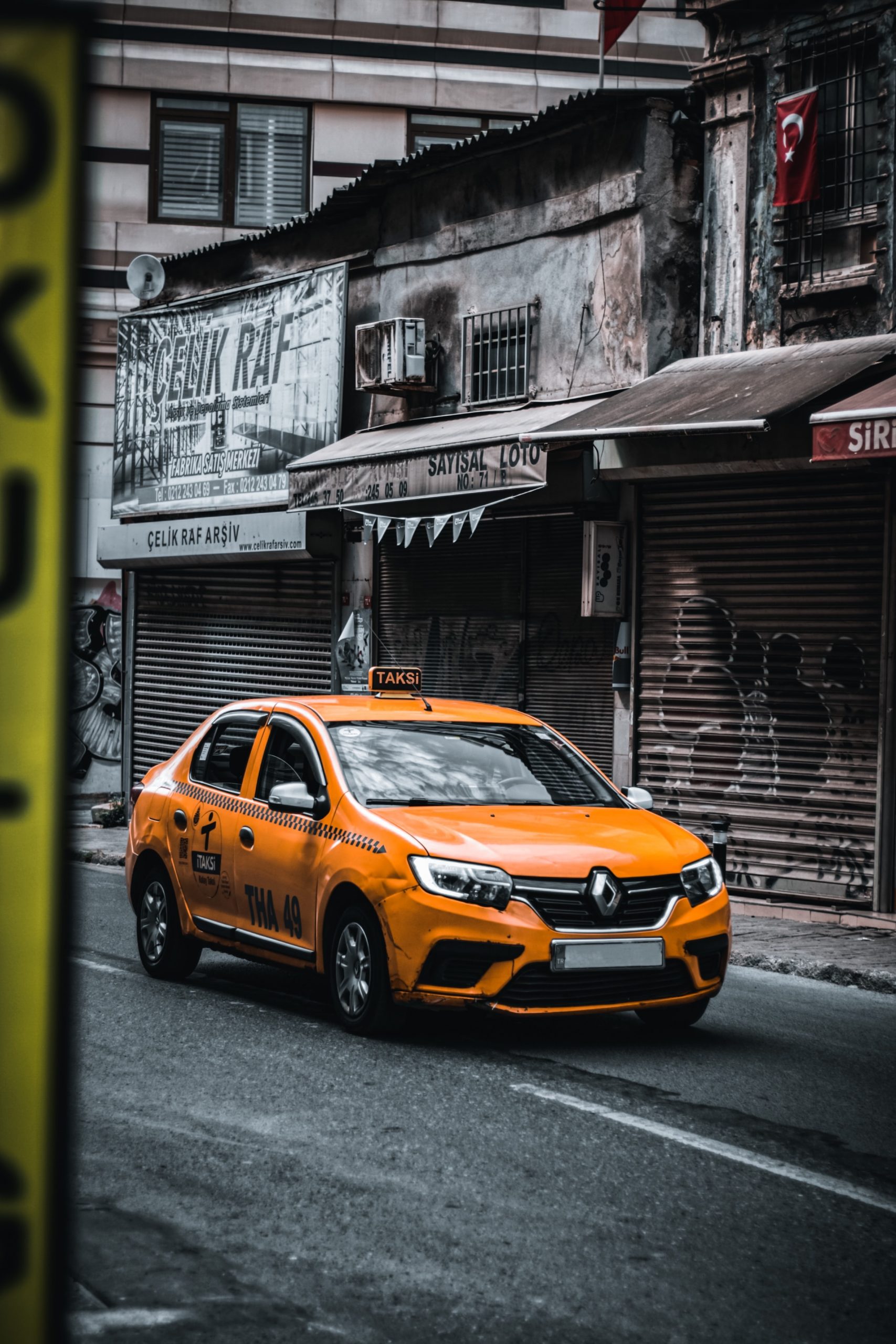A vehicle used for cab business must be well equipped and in order. This enables drivers to carry out their professional activity in complete safety and customers to find a cab easily. But what is the mandatory equipment for a cab, and what are their respective roles? Is there any other equipment recommended for this type of vehicle?
What equipment is required for a cab?

According to article R.3121-1 of the interministerial circular relating to public transport of people, a vehicle assigned to the activity of a cab must be equipped with mandatory equipment such as
A taximeter
This is an approved hour meter. It allows you to record the time of travel, the distance covered, and any account made. It can be integrated into the vehicle’s interior mirror or dashboard.
In order to choose the right taximeter for you, pay attention to these elements: its design, weight, robustness and ergonomics.
An approved time and attendance meter
The installation of a time clock is essential if the taximeter does not have this function. It is particularly specific to Parisian cabs. There are two ways of integrating it into the cab.
-
- Either it is fixed on the back of the cab for the old models
-
- Or it is integrated directly into the taximeter for new models
Its colour generally depends on the status of the driver:
-
- Red for shareholders and tenants
-
- Yellow for tenants or employees
-
- Blue for craftsmen with a professional cab card.
Please note: A salaried driver is paid per day. For this, he must pay a lump sum to his boss every day. As for the renter, he rents the vehicle from a company and pays for the fuel. As for the shareholder driver, he owns shares in a company. Therefore, he has to pay a regular allowance.
A light

The light is fixed on the outside roof of the vehicle and bears the words “cab”. It is used to specify the applicable fare: single or double. It also indicates the availability of the cab:
-
- If it is free, the light is green.
- When it is occupied, the light turns red.
-
- If the light is off with the words “not available” on the windscreen, the cab is both unoccupied and unavailable. In other words, the cab is out of order.
-
- At the end of the journey, the light is illuminated on both sides.
This device can be fixed or detachable. Opt for a universal light of the same brand as your taximeter to optimize your visibility. For example, you can also integrate accessories indicating your city and your phone number.
A plate
The plate is a device displaying the number of the cab’s parking permit or ADS and the municipality to which it belongs. It is important to position it correctly so that it is visible from the outside. To do this, it is attached to the inside of the vehicle, more precisely on its front right wing.
A printer and an invoice
The printer must be connected to the taximeter. It is used to inform the customer about the total to be paid. Most of the time, it is directly integrated into some Eftpos terminals. The invoice dispenser is used to print out the cab’s fare receipts.
An electronic payment terminal or Eftpos terminal
There are two types of Eftpos terminals: mobile and fixed. The first model works with an application via smartphone and uses the 3G network. It also has a battery. As for the fixed EFTPOS, it is directly connected to the mains. It uses a telephone line or ADSL to operate.
Since 2014, it is in the obligation of the drivers to propose their customers’ payment by bank card, under penalty of a fine.
Tips: When buying or renting equipment for your cab, contact a reliable vendor or a garage specializing in selling and repairing cab equipment.
What other equipment is recommended for a cab?

A first aid kit is an optional equipment for a licensed cab. However, it is recommended and should include the following:
-
- A vomit bag
-
- A four-meter by 10-centimeter stretch bandage and two clips to secure it
-
- A box of sterile compresses 10×10 cm
-
- A pair of sterile gloves
-
- Sugar cubes
-
- A survival blanket
-
- A sterile absorbent bandage
-
- A pair of scissors.
Sound off in the comments section below, and tell us what you want to read next and if you want to read more about taxi equipment.


